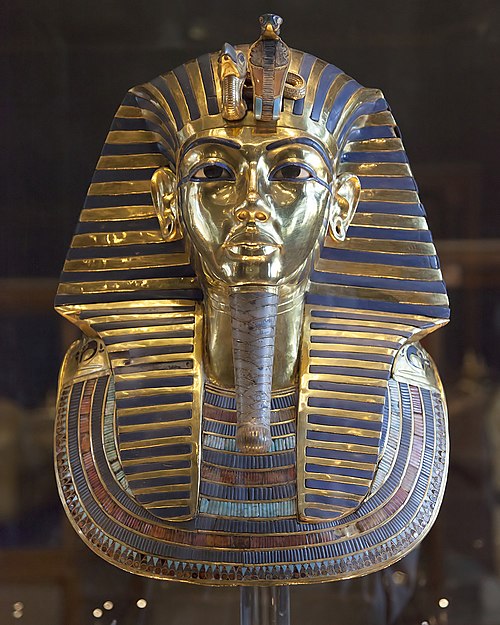king tut ankh amun

Biography
Tutankhamun, commonly known as King Tut, was an Egyptian pharaoh of the 18th Dynasty who reigned from approximately 1332 to 1323 BCE during the New Kingdom period. He ascended to the throne at a very young age—about 8 or 9 years old—following the death of his likely father, Akhenaten, the pharaoh known for attempting a radical shift in Egyptian religion toward worship of one god, Aten. Tutankhamun’s reign was marked by the restoration of traditional Egyptian religious practices and deities, which had been suppressed under Akhenaten's rule. Under the guidance of his advisors, including the powerful vizier Ay and the general Horemheb, Tutankhamun reversed many of his father's reforms, moved the capital back to Thebes, and reinstated the priesthood of Amun. Despite his relatively short reign and limited achievements, King Tut is one of the most well-known pharaohs today due to the remarkable discovery of his nearly intact tomb in 1922 by British archaeologist Howard Carter in the Valley of the Kings. The tomb contained a vast array of treasures, including the famous solid gold funerary mask, and gave historians unprecedented insight into the wealth, art, and burial practices of ancient Egypt. Tutankhamun died mysteriously at around 18 or 19 years old. The cause of his death remains uncertain, with theories ranging from genetic illness and malaria to an accident or assassination. His mummy revealed physical ailments, including a clubfoot and signs of malaria, suggesting he was in poor health. Though not a powerful or long-reigning pharaoh, Tutankhamun's tomb made him one of the most iconic symbols of ancient Egypt in modern times.